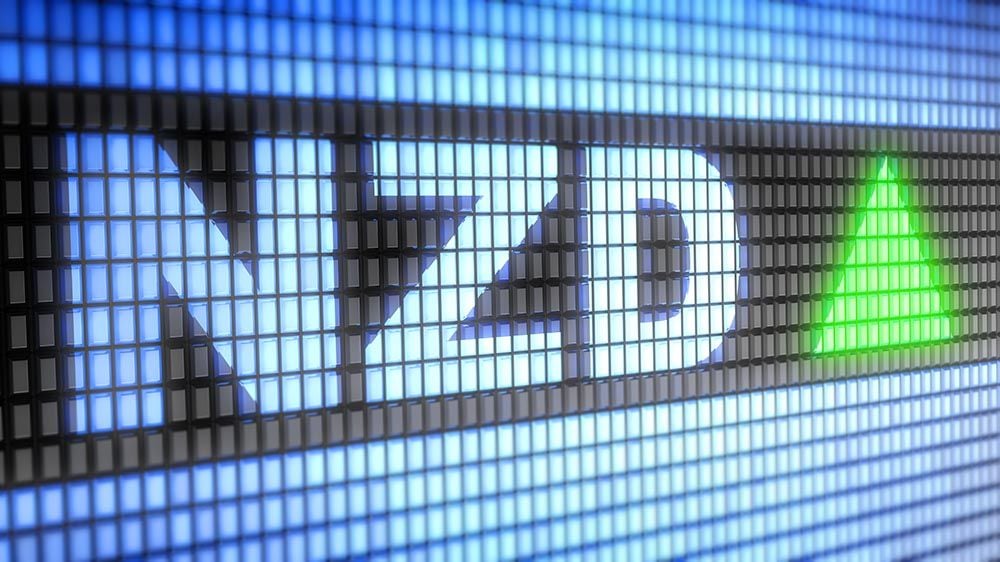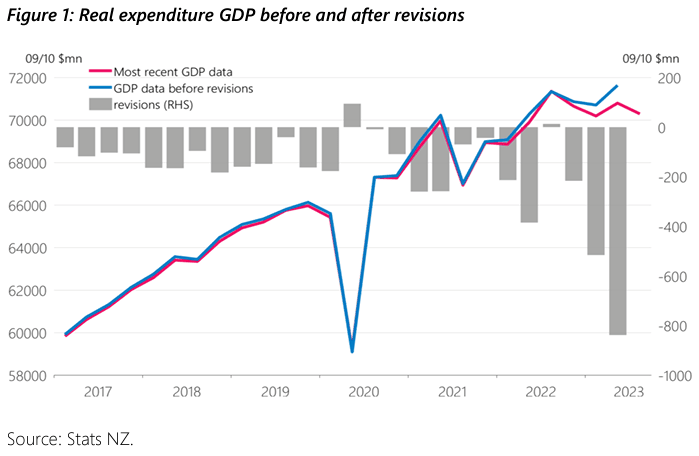New Zealand Dollar Boosted by Conway Comments
- Written by: Sam Coventry
-

Image © Adobe Stock
The New Zealand Dollar was amongst the top-performing major currencies amidst improved global investor sentiment and after a prominent member of the Reserve Bank of New Zealand cautioned against expecting interest rate cuts.
"NZD/USD held onto gains sparked by hawkish comments from the Reserve Bank of New Zealand’s chief economist, Paul Conway," says Carol Kong, an analyst at Commonwealth Bank.
Conway said in a speech that capacity pressures in the New Zealand economy matter most for inflation, and the recent downward revisions to New Zealand's GDP do not imply lower capacity pressures.
The comments prompted markets to lower expectations for an interest rate cut as early as May, which offered relative support to New Zealand bond yields and the currency.
In November, the RBNZ said the OCR (New Zealand's basic interest rate) needed to stay at the restrictive level of 5.5% so that demand growth would remain subdued in order to bring inflation down.
The Bank also said capacity pressures could surprise to the upside, creating the risk of further interest rate rises in 2024.
Although New Zealand's economic growth disappointed in the third quarter of 2023, Conway says it does not mean capacity pressures in the economy are much lower than previously assumed.
Conway confirmed the RBNZ "still have a way to go to get inflation back to the target midpoint".
"The upshot is cuts to the RBNZ's cash rate are not imminent," says Kong.
Money market pricing shows investors pared back pricing for a May cut to about 60% from 70% earlier in the week.
This repricing helped the New Zealand Dollar advance against the Pound, U.S. Dollar and Euro.
Economists at Auckland Savings Bank (ASB) say they expect rate cuts from August, which would mean New Zealand's central bank cuts rates after the European Central Bank, Bank of England and U.S. Federal Reserve.
This can offer the Kiwi some support via the interest rate channel over the coming weeks and months.
However, it was global developments that might be more relevant to the NZ Dollar's rebound.
U.S. bonds rallied - a sign of easing concern for the U.S. debt trajectory - after the Treasury lowered its quarterly borrowing estimate for January-March from $816BN to $760BN.
This was "a larger decline than expected by the market and our U.S. rates strategists," says Jim Reid, a macro strategist at Deutsche Bank. "These estimates suggest an improvement in the Treasury’s expectation of the budget deficit path."
U.S. stocks rose in response, as did risk-sensitive currencies, like the Australian Dollar, New Zealand Dollar and Canadian Dollar, betraying a risk-on setup in global FX.
"This news really helped markets into the close with the S&P 500 gaining nearly half a per cent in the final hour of trading," says Reid.
The U.S. Treasury also announced a modest $202BN borrowing estimate for the Apr-Jun period.
"The market will next be watching the details of the Treasury’s coupon auction sizes in tomorrow's refunding statement. Recall that the last quarterly refunding announcement on 1 November marked the start of the dramatic bond rally into year-end," says Reid.
This year-end bond rally was associated with a sizeable rise in the Australian and New Zealand Dollars, which puts us on notice for any further strength that might follow Wednesday's announcement.


